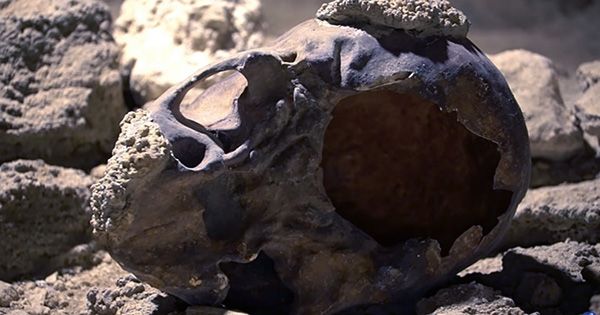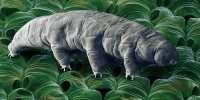The bones of nine Neanderthals have been found in the former unexplored part of the Guattari Cave in central Italy, along with the remains of many long-lived animal inhabitants of the region.
However, the search shows our close relatives as the top predators of their ecosystem. Since the discovery of Neanderthals and animal bones in 1939, Mount Circeo, the Guatemalan Cave Pleistocene has been a source of rich European information. Even eight years later, the notion that the cave system taught us was plausible. Europe is about human occupation.
However, in 2019, scientists began searching for a part of the cave that was blocked by a landslide. The cave was filled with hyena bones which apparently turned it into their base, but archaeologists have also found the remains of nine Neanderthals, eight of which date back to 50,000-68,000 years ago, the other surviving at least 90,000 years ago. The burial cave section also contains a large species of deer and red deer, including aurochs, rhinos, extinct giant deer, cave bears, elephants and wild horses.
Professor Mario Rolfo, of the University of Rome Tor Vergata said in a statement, “Geological and agronomic research on this deposit will help us understand climate change through the study of species of animals and pollen from 120,000 to 60,000 years ago, which will allow us to reconstruct the history of the Circeo and Pontine plains.” The idea was that Hyenas could only take a young and sick member of the human family, but this does not seem to be the case. Although one of the Neanderthals was seen as a young man, the other eight were adults, seven men and one woman.
Rolfo was quoted by the Guardian as saying that the cause of their death was not the hunting of hyenas, but the cutting of bones after death in the jaws of larger hunters. Neanderthals ’analysis of dental tartar suggests that they themselves lived primarily in cereals and further pushed the modern notion of a universal low-carb Palaeolithic diet.
Italian Culture Minister Dario Franceschini called the discovery “a remarkable discovery that the whole world will discuss because it enriches research on Neanderthals. The work of our superintendents with universities and research institutes is truly exceptional.” Scientists were also touring nearby areas outside the cave, where the presence of charcoal and burnt bones revealed Neanderthal occupation. Despite their mastery of the Neanderthal fire, the hyenas seem to have had their last laugh.
An earlier study of Neanderthal fossils found in Guattari led some anthropologists to conclude that they had been killed by other Neanderthals, and may have been victims of humanism. Hyenas were probably responsible for their deaths as a result of the new discovery.














